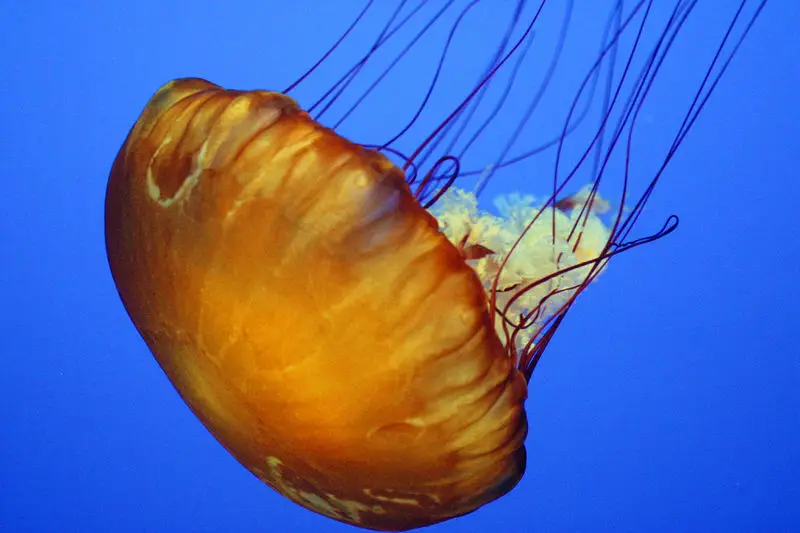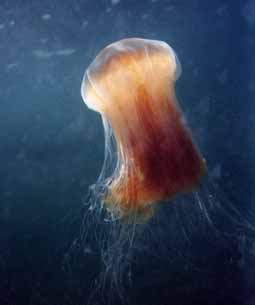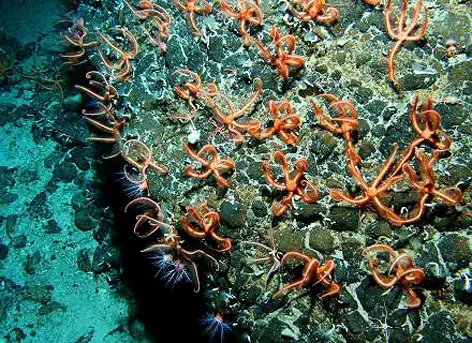August 30, 2008
The Dangerous Jellyfish
Another in the “most dangerous animals” series, the Jellyfish fits nicely in this category.
Jellyfish are not usually deadly to humans although some kinds are, however they do produce a sting that is excruciatingly painful.

Jellyfish, swimming

Lionsmane Jellyfish
what are called oral arms that help the jellyfish to hold onto and digest their prey.The Jellyfish is a carnivore, which will feed on a large variety of prey, including smaller fish, other jellyfish, plankton or other small organisms.
Jellyfish look very much like cold jello, and are comprised about 98 percent of water.Jellyfish sting when they are tramped on or brush past in the water, and although most stings are not deadly, some can be, particularly those of the Irukanji, however even the most benign sting is more than painful and the victim must be removed from the water to prevent them from drowning, in the event of shock.
8 Comments



it is realy dangerous jelly fish but i want some more details or picture
i want wath’s the dangers of it
what is the most dangerous kind of jellyfish
i think this website has beautiful pictures of three most dangerous jellyfish and nice home page
i’v always wanted to touch the top of a jellyfish it looks fun, i love the colors of jellyfish because there are so many different colors.
i understand! i think the top looks so soft!
i always wanted a jelly fish as a pet, but not one too big or too deadly
its hard to see a jelly fish in water cause the colour is light so people cant see it so easy…………………on lets it is at the coast to see it near the sand…………………….:):):0